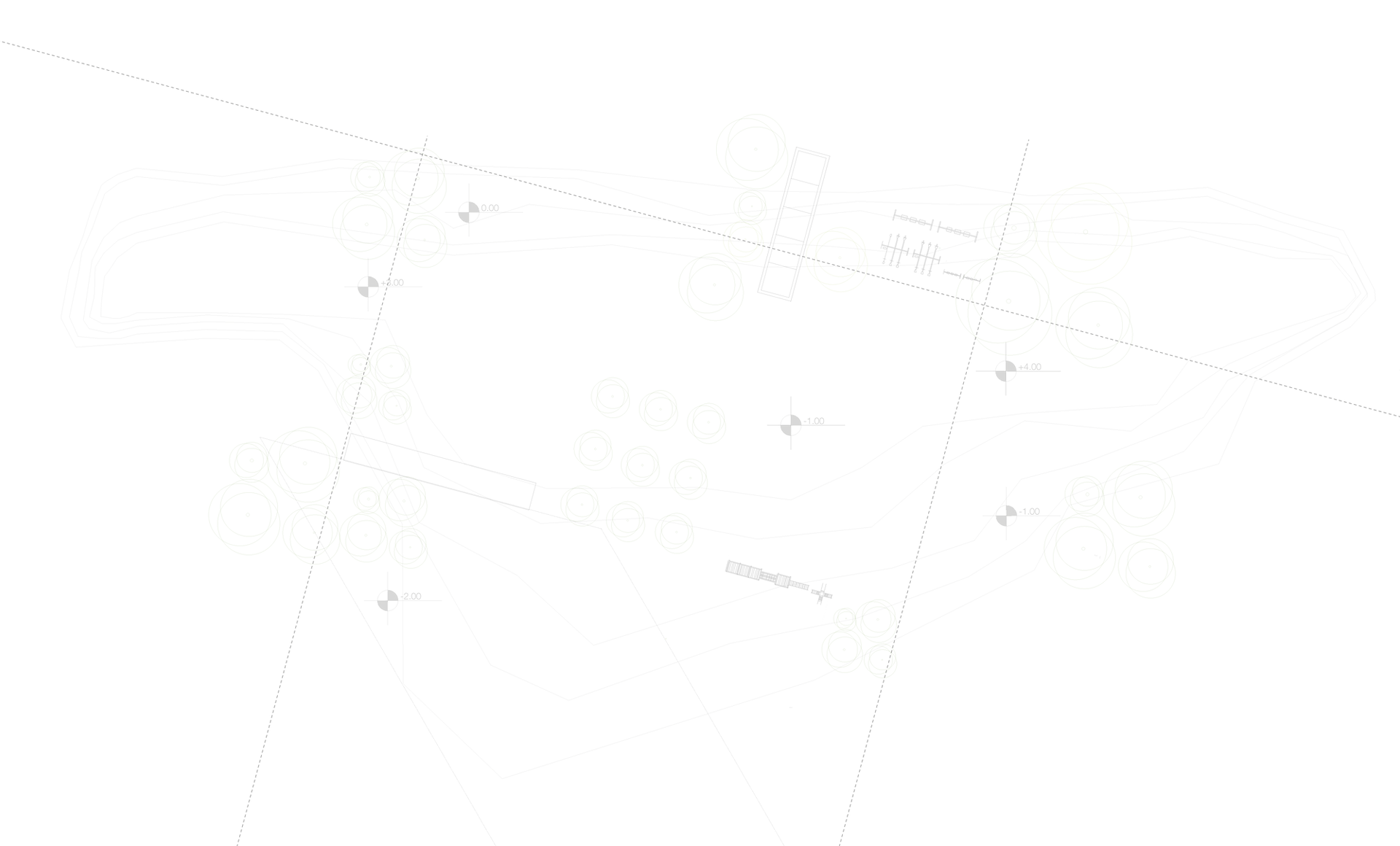

MURRAY's
Architectural design - Journals
Peter Kokins, my lecturer gave us a brief and we was given a two week project to tour the library and find 3 journals related to architectural design and construction. We had to chose 3 projects from the journals and create a 3 page powerpoint on each journal. We had to discuss why we chose this project, what is good about this journal, what are the main building materials used in this project, what function/s does this building have, in what context is this building located, also to identify the materials and where the building structure is. This task was not as easy as I thought it would be.
After looking long and hard in the library I chose 3 journals - 2 DETAIL journals and 1 PROFILE journal. From the DETAIL journal Titus Bernhards Architekten’s House in Stadtbergen stood out to me. The Architekten's house is very unique. The materials used and how they are used is very different to usual buildings. The shape of the building is also unusual for a house with its symmetrical pavilion shaped roof. Instead of using bricks like the majority of houses we see today this house is filled with rubber stone and stone wire baskets as the exterior decoration creating a very natural feel to it. The large windows allow lots of light to enter making the house look and feel bigger.This journal gives us a very detailed plan of the house and also explains the materials they used and what effect it makes and the construction process. There is a lot more emphasis on the construction and architecture in the DETAIL journal as it audience would be architects, engineers or other people in that field. Then I moved on to the PROFILE journal and the name Zaha Hadid stood out to me immedietly, thats one of the main reasons why I chose Zaha Hadid’s extension on the Ordrupgaard museum. Zaha's work always stands out to me. The Ordrupgaard museum catches the eye immediately. The shape of the building is very organic, especially for a museum and the colouring of it also is very original and eye catching, much like most of Zaha Hadid’s work. The building is surrounded by greenery and vegetation which contrasts with the black colour of the building, making it seem very mysterious. This allows us to admire the natural habitat around the building as well as the building itself.This journal is very useful and clear when it comes to finding information. The question answer technique is used to give the readers a better understanding of why Zaha has made the decisions she has made and it also gives us a brief idea on the history of the Ordrupgaard museum. We also get to see the plans of the building giving us an even deeper understanding.Zaha Hadid’s extension on the Orupgaard museum is made of glass and black lava concrete, creating a dark feel to the building. The building is curved and uses curved glazing which gives the building a very organic feel rather than hard and sharp like the colours used
Zaha's work always stands out to me. The Ordrupgaard museum catches the eye immediately. The shape of the building is very organic, especially for a museum and the colouring of it also is very original and eye catching, much like most of Zaha Hadid’s work. The building is surrounded by greenery and vegetation which contrasts with the black colour of the building, making it seem very mysterious. This allows us to admire the natural habitat around the building as well as the building itself.This journal is very useful and clear when it comes to finding information. The question answer technique is used to give the readers a better understanding of why Zaha has made the decisions she has made and it also gives us a brief idea on the history of the Ordrupgaard museum. We also get to see the plans of the building giving us an even deeper understanding.Zaha Hadid’s extension on the Orupgaard museum is made of glass and black lava concrete, creating a dark feel to the building. The building is curved and uses curved glazing which gives the building a very organic feel rather than hard and sharp like the colours used.
On the 8th of October we had to present our individual powerpoint presentations in front of the whole class. This was the second week into the course and I was still trying to get familiar with everyone. I was very nervous. Being one of the last people to get up present I was able to pick up on what I did wrong in my presentation, too much writing, layout needs to be neat and simple, etc. Everyone was very confident with explaining their work, I was happy with what I had chosen to present but I was not confident.
The first set task made me realise a lot and had helped me a lot when presenting work and what work should be expected to look like.
We were then given a brief and told to complete the task for next week - the 15th of October





